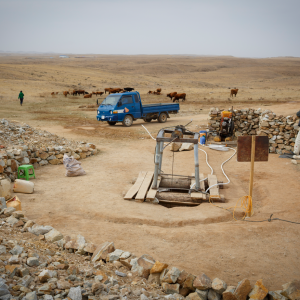This report is based on the hypothesis that processing plants can help bring more ASM gold into responsible supply chains and make an important contribution to formalised and responsible gold sectors as the basis for driving sustainable development in gold-producing regions. It finds that processing plants contribute to improved gold recovery rates which can increase miners’ income and therefore also benefit communities and the government (through greater tax income). Miners can use this additional income for formalisation and enhanced technologies, better health and safety measures and improved environmental protection. Governments can use the additional funds to more effectively regulate and support the sector.
The report finds that processing plants can be key aggregation points in the upstream gold value chain and have the potential to support greater transparency and certain types of traceability.
However, they are challenging to run in ways that are both commercially viable and responsible unless they hit a context-specific threshold of scale, which remains a challenge for the majority. Dictating that scale is the throughput of ore, which is a function of a variety of factors, including whether pre-existing relationships (especially in relation to finance) may lock out new value chain actors; logistics; the quality of infrastructure for transporting material; the regulatory framework; and the willingness of miners to sell to the plant.
The report also finds that there are examples of where it is working well – such as Peru and Tanzania. Trust (or lack of) between value chain actors shapes the business model. Overall, it finds that whilst a responsibly managed plant can be transformational in the right circumstances, getting to a place of responsible plant management will be a process ofcontinuous development that requires an enabling environment (notably the right kind of government involvement) as well as access to capital. In terms of the original hypothesis, our research and follow-up conversations suggest that there may be more flexibility in terms of scale than previously assumed. A commercially viable and responsibly run plant could run at 50 - 100t per day in some contexts. However, its ability to do so will depend on the average grade of ore being higher than the hypothesis of 2g/t.
This report was written by Victoria Gronwald, with in-country research conducted in January and February 2025 by the Alliance for
Responsible Mining (for Ecuador and Peru), Massaran Traore and Claudio Lorimer (for Mauritania), the Artisanal Gold Council (Mongolia), Abigail Ocate (for the Philippines) and Evans Rubara (for Tanzania), and with contributions from Estelle Levin-Nally and Rachel Brass.



